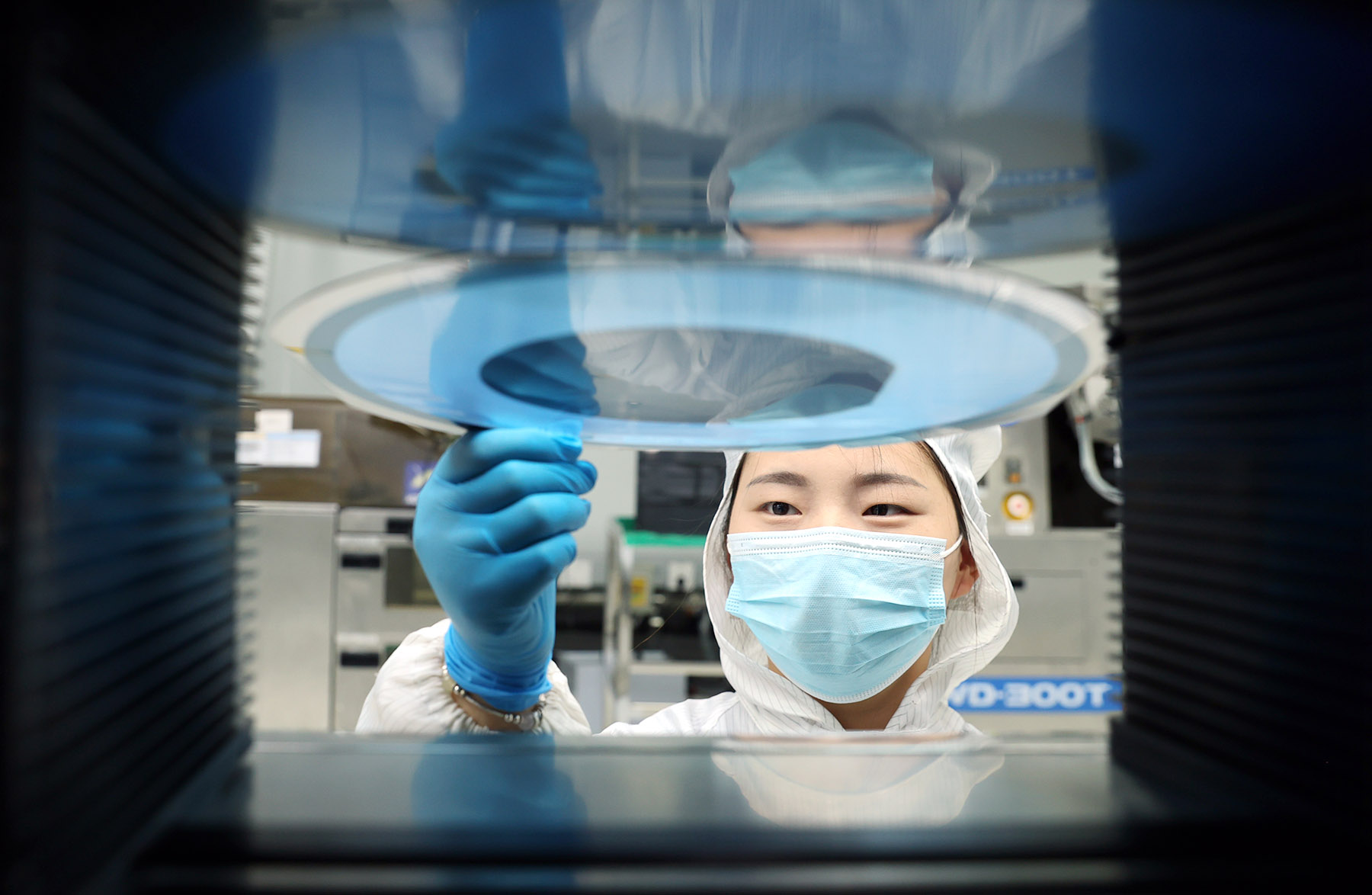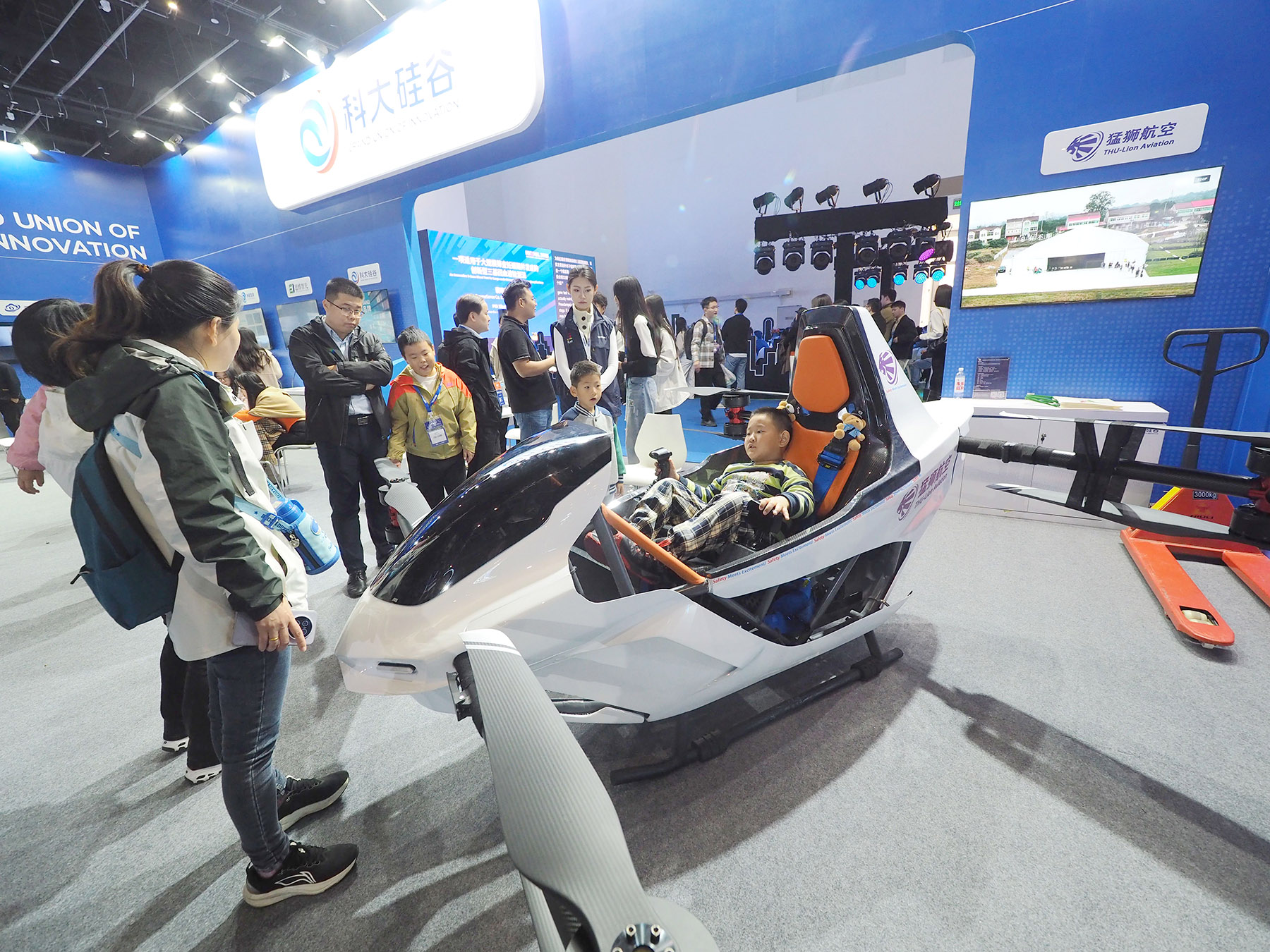Innovation, digital transformation, emerging industries, consumption emphasized as nation navigates complex global backdrop

China is set to enter a defining phase in its long-term modernization journey as the 15th Five-Year Plan (2026-30) will serve as a crucial bridge leading the country's goal of achieving Chinese modernization.
The 20th Central Committee of the Communist Party of China convened its fourth plenary session in Beijing from Oct 20 to Oct 23. Participants at the session deliberated over and adopted the Recommendations of the CPC Central Committee for Formulating the 15th Five-Year Plan for Economic and Social Development, according to a communique of the session released on Thursday.
The 15th Five-Year Plan period will be critical as the country works to reinforce the foundations and push ahead on all fronts toward basically achieving socialist modernization by 2035, and it will thus serve as a key link between the past and the future, according to the communique.
READ MORE: New five-year plan anchors certainty
The CPC Central Committee also set the major objectives for the 15th Five-Year Plan period, including significant advancements in high-quality development, substantial improvements in scientific and technological self-reliance and strength and fresh breakthroughs in further deepening reform comprehensively.
Compared with the 14th Five-Year Plan (2021-25) period, the international environment has undergone relatively significant changes, with challenges and unfavorable factors markedly increasing, experts said.
Domestically, the economy faces what experts describe as a convergence of short-term and structural pressures — from sluggish demand and weakening business confidence to lingering property and financial sector risks.
Zhang Jun, chief economist at China Galaxy Securities, said during the 15th Five-Year Plan period, the country must "anchor the 2035 goal" while providing "forward-looking guidance" based on the progress made during the 14th Five-Year Plan period and the evolving domestic and global landscape.
"Further emphasis will be placed on quantitative indicators related to new quality productive forces — such as research intensity, patents per capita, and the share of strategic emerging industries and digital economy in output," Zhang said.
Fostering new quality productive forces, notably technological innovation, digital transformation and emerging industries, will likely form the backbone of China's economic development during the 15th Five-Year Plan period.
"In the 15th Five-Year Plan period, China will enter a key stage of fully advancing the development of new quality productive forces," Zhang said. "We must place the development of these new forces in a more prominent strategic position."

He outlined key directions, including strengthening basic research and the innovation system, overcoming "bottleneck" technologies to build secure and independent industrial and supply chains, consolidating the digital economy's leading edge and building a complete, controllable AI industry ecosystem, and cultivating new pillars such as commercial spaceflight, low-altitude economy and deep-sea technology.
Meanwhile, experts noted expanding domestic demand — both consumption and investment — will continue to underpin China's long-term growth model.
As the external environment becomes more complex, the country will place greater emphasis on expanding domestic demand — particularly by enhancing the foundational role of consumption in sustaining long-term growth during the next five years, Zhang noted.
A key policy direction will be to increase the share of consumption in the national economy by improving consumption quality and upgrading service-oriented sectors, according to Zhang.
"In 2024, services accounted for 46.1 percent of household consumption expenditure, still lagging behind advanced economies, suggesting vast potential for further growth in the consumption of services," he added.
Meanwhile, Zhang said fiscal policies are also expected to shift focus "from investing in goods to investing in people". Social welfare spending will likely rise significantly, with increased subsidies for childcare, students and low-income or disadvantaged groups.
China's five-year plans serve as both development and reform blueprints. The 15th Five-Year Plan period will overlap with the implementation period of over 300 key reform measures outlined at the third plenary session of the 20th Central Committee of the Communist Party of China, which aims to improve the institutions and systems driving high-quality development effectively.
In 2024, the research topics publicly solicited by the National Development and Reform Commission for the 15th Five-Year Plan period included building a new pattern of high-quality coordinated development between State-owned and private enterprises and optimizing the fiscal relationship between central and local governments, suggesting institutional reform will remain a central pillar.
Luo Zhiheng, chief economist at Yuekai Securities, said China's economy is transitioning "from high-speed growth to high-quality development, and from supply shortages to insufficient demand".
"Demand shortfall remains the core issue during the 15th Five-Year Plan period," Luo said. "Boosting consumption and optimizing investment structure will be major tasks."

He emphasized that policymakers must address two critical imbalances: insufficient demand driving down prices — "leading to nominal growth lower than real growth, and slower income growth for households, firms and governments" — and structural unemployment, particularly among youth.
Luo highlighted three major challenges: persistent external trade frictions, population aging and low birth rates, and local fiscal constraints. "At the same time," he added, "China also faces three major opportunities — strengthening non-US economic alliances, unleashing the potential of the unified national market, and accelerating breakthroughs in human capital and technological innovation."
He highlighted the need for accelerating structural reforms, including improving income distribution through tax and transfer reforms, expanding fiscal support for public services, boosting low-income groups' earnings, and stabilizing property and stock markets to "avoid negative wealth effects".
Luo also stressed the need to deepen fiscal and taxation reforms. "In the short term, we must address tight fiscal balance and debt issues; and in the medium and long term, we need to establish a modern fiscal system that serves Chinese modernization and balances supply and demand," he said.
That includes optimizing central-local fiscal relations, reforming tax systems, improving transfer payments, and promoting budget transparency and efficiency.
In capital markets, Luo proposed "comprehensive reform of investment and financing systems", encouraging long-term capital to enter the market and supporting high-quality tech companies' listings to enhance market depth and resilience.
Xiong Yuan, chief economist at Guosheng Securities, noted the key focus will be placed around four main lines — economy, reform, technology and livelihoods — during the 15th Five-Year Plan period.
He said economic stability and comprehensive promotion of high-quality development should remain fundamental goals, and the reform agenda defined at the third plenary session of the 20th Central Committee of the Communist Party of China — over 300 concrete reform measures — will be integrated into major tasks for the 15th Five-Year Plan period as key instruments to achieve these objectives.
On the technological front, Xiong noted that science and innovation remain central, with emphasis on developing new quality productive forces and implementing the technological reforms.
People's livelihood issues — including employment, income, education and housing — will also take center stage. "Common prosperity will continue to advance," he added, citing regional examples where provinces such as Zhejiang and Heilongjiang have already positioned steadily promoting the common prosperity as a central element of their future development policies.
ALSO READ: Plan outlines opportunities for the world
As China navigates intensifying global competition and structural transition at home, experts said the key focus will be placed on stabilizing short-term growth while laying the institutional groundwork for long-term modernization during the next five years.
"During the 15th Five-Year Plan period, we should grasp two main lines — accelerating the development of new quality productive forces on the supply side, and building a strong consumption-driven economy on the demand side," Luo from Yuekai Securities said.
In essence, China's future development policies will highlight the country's pursuit of resilient, innovation-led growth — balancing reform and modernization with the pragmatic stability to foster long-term sustainable development, experts noted.
Contact the writers at ouyangshijia@chinadaily.com.cn


